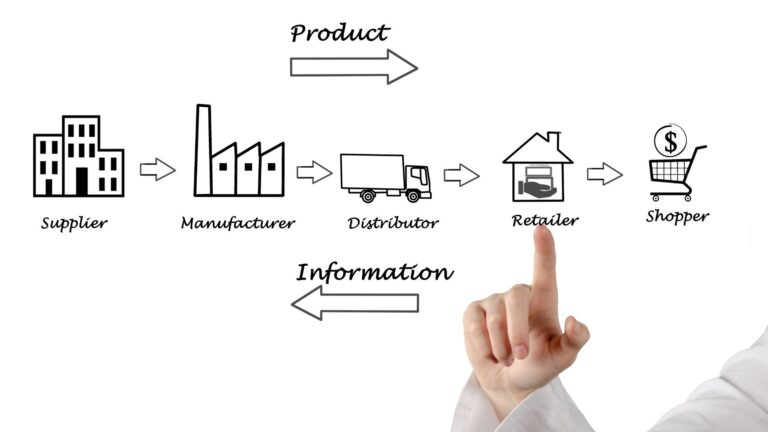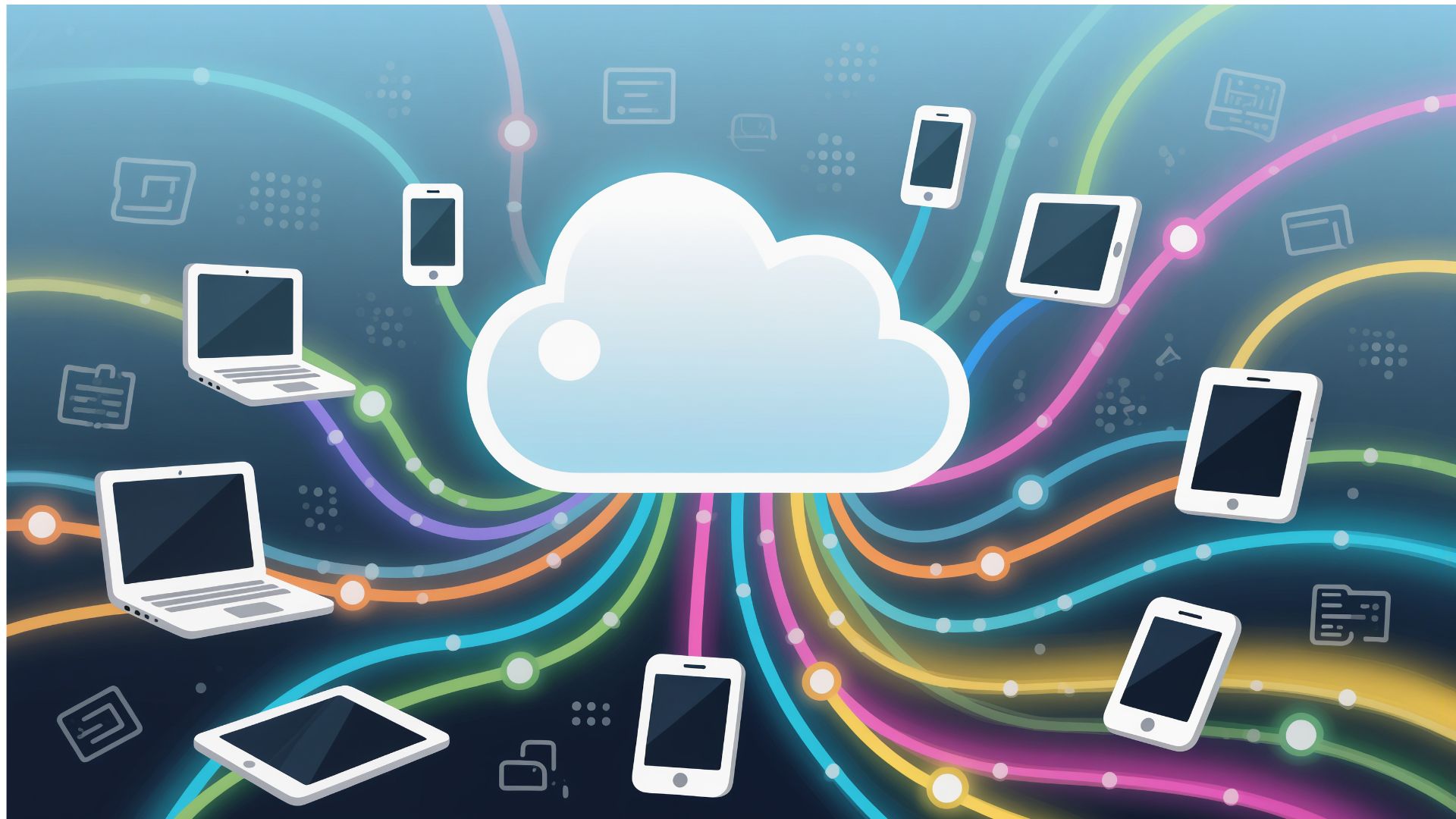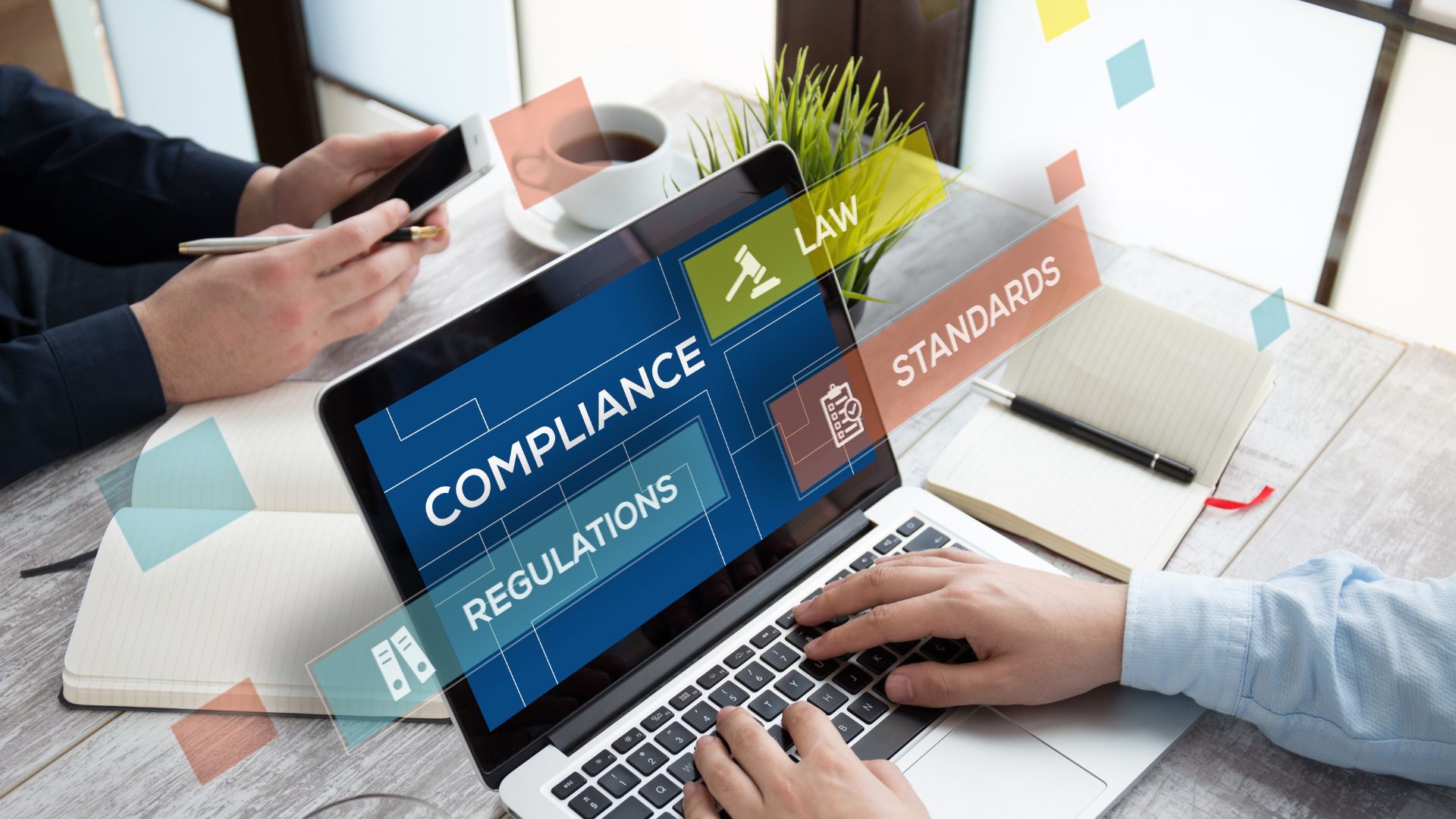In an increasingly demanding and volatile B2B environment, the supply chain can no longer afford to operate “blindly”: you need to see, react and anticipate. If you’re managing procurement, production, logistics, or distribution in a business-to-business context, you know that hidden costs, unexpected delays, or ripple effects from an outage can undermine both your service and your profitability. The good news is that the combination of artificial intelligence (AI) and real-time visibility transforms that “traditional” chain into an agile, intelligent, and proactive network. Let’s see how this transformation works, what benefits it brings you and how you can implement it in your organization to gain competitive advantage.
Visibility as a cornerstone: seeing what you didn’t see until now
To effectively optimize your supply chain, the first thing is to see what is happening: what the stocks are, where the shipments are, what logistics routes are being used, what the actual deadlines are, which suppliers are complying, what risk exists. That visibility, especially in real time, is key to moving from reacting to anticipating. According to an analysis by SAP:
“Supply chain visibility is the strategic ability to monitor every component of the supply chain from end to end”
And when you add AI to the whole, that visibility is no longer passive and becomes a decision: AI analyzes data (inventory levels, shipment locations, transport conditions, demand variations) and alerts you or even takes automatic actions. For example, a system implemented by IBM allowed its clients to “reduce the time to mitigate disruptions from days to hours.”
So if you look at it as a scale:
- No visibility → manual, slow, reactive operation.
- With real-time visibility → informed, faster operation.
- With visibility + AI → intelligent, anticipatory operation.
Your challenge is to reach level 3. Because in a B2B environment, chains are not simple: there are multiple suppliers, multiple links, many external variables (transportation, climate, regulations, geopolitics). Leveraging real-time data and analyzing it with AI is what will allow you to distinguish yourself.
Use Cases of AI in the B2B Supply Chain
But how does all this translate into practice? Here are the four use cases that have the most impact when applying AI and real-time visibility in B2B environments:
1. Demand forecasting and adaptive planning
AI can analyze historical data, markets, customer variations, and external factors to forecast demand more accurately. That level of prediction allows you to adjust production, sourcing, and logistics. According to an article in DataCamp, AI “can provide end-to-end visibility and automate complex processes, from production planning to logistics.” This means that you don’t just react when there is a shortage of stock or leftover products, but you act sooner.
2. Real-time visibility and control of inventory and shipments
The traditional “I don’t know where my pieces are” challenge is common in B2B. With AI + real-time visibility you can monitor locations, transport conditions, inventory levels, and take action if something goes astray. For example, an omnichannel AI system geared towards the supply chain mentions that “having access to up-to-date information… it allows machine learning algorithms to operate with maximum efficiency.” This helps you avoid delays, overstock, or losses due to obsolescence.
3. Logistics and route optimization
Transport, routes, times, costs… AI can optimize all of these elements. With data on traffic, weather, fuel cost, demand variables, you can suggest more efficient routes, consolidate shipments, reconfigure the warehouse. DataCamp sums it up like this: “AI-based systems can optimize transportation routes… reducing delivery times and fuel costs.” In B2B, where volumes and deadlines matter, this becomes a competitive differential.
4. Proactive risk management and resilience
In a globalized environment, a failing supplier, a delayed shipment, or a regulatory change can lead to costly disruptions. If you have visibility + AI, you can identify risk patterns: suppliers with recurring delays, vulnerable routes, bottlenecks. According to SAP, visibility helps “mitigate risks and ensure customer loyalty.” In short, not only do you improve efficiency, you also make your chain more resilient.
These use cases together create a cascade effect: better forecasting → fewer surprises → less cost → better customer service. And that in B2B translates directly into stronger relationships, longer contracts, and reputation.
Concrete Benefits You Can Measure
Now, beyond the ideas, what improvements can you expect when you implement visibility + AI in your supply chain? Here are the key benefits your stakeholders will appreciate:
- Reduced operating costs: Less overstock, less unnecessary transport, less waste. For example, according to Usetorg, transparency is increased by 30% and operating expenditure is reduced by 12%.
- Shorter response time to interruptions: With AI you can spend from days to hours mitigating incidents.
- Increased inventory accuracy and more reliable deliveries: Which improves your B2B customer service and reduces penalties or losses.
- Greater agility and end-to-end visibility: This allows you to change providers, routes, logistics modes quickly.
- Improved sustainability: By better planning, optimizing routes and transportation, you reduce emissions and resources. SAP notes that visibility also supports “environmental and social responsibility.”
- Improved collaboration with suppliers and partners: When everyone sees the data, coordination improves, deadlines are better met, and the chain behaves more like an ecosystem than a silo.
These benefits aren’t just to “make pretty”: in B2B environments where margins can be tight and failures costly, they represent a real return on technological investment.
How to implement it step by step so that it works and is not an endless trial?
Technology can excite, but without a clear focus it can lead to frustration. Here’s a proven path to deploying visibility + AI in your B2B supply chain:
- Mapping and diagnosis of the existing
chain Identifies all the links: suppliers, routes, warehouses, transport, deadlines. What data do you already have? Which systems are offline? Where is there a lack of visibility? - Definition of specific
objectives and KPIs What do you want to achieve? For example: reduce inventory in transit by 15%, improve customer service level to 98%. Having clear goals allows you to measure. - Data integration and creation of a “control tower”
Visibility requires unified data: inventory, transportation, suppliers, weather, demand. That data feeds a platform where all stakeholders can see what’s going on. According to SAP, “data integration” is key to true visibility. - Application of AI and advanced
analytics Now that operational data is in, AI comes in. Algorithms for forecasting, risk analysis, automatic alerts. According to DataCamp, AI turns data into decisions. - Pilot, scale, and continuous
improvement Don’t start with the entire chain: choose a segment (e.g., a region, a product type) and try it out. Measure the results, adjust, then scale to the rest of the chain. - Culture, processes and people
Technology yes, but people must embrace changes: training, new metrics, more agile processes. If teams continue to work “as usual,” profits will fall. - Constant monitoring and adjustment
of KPIs, dashboards, periodic reviews. The supply chain is not static. New disruptions, new partners, new regulations. AI and visibility allow us to evolve.
This approach ensures that you’re not buying “just another tool,” but building a smarter, more competitive, and more adaptive supply chain.
Common obstacles and how to overcome them
As with any transformation, there are risks. But knowing them allows you to anticipate them:
- Data silos and disconnected systems: If your supplier, transportation, warehouse systems don’t “talk,” visibility breaks. Solution: work on data integration, APIs, standardization.
- Insufficient data quality: AI is only as good as the data it receives. If the data is outdated, incomplete, or erroneous, the prediction fails. You need data cleansing and governance.
- Resistance to change: For example, vendors that don’t share data, or teams that continue to process “as before.” Solution: communication, show benefits, training.
- Lack of strategic vision: If you’re just going to “automate what you already do,” the impact will be limited. You need to reinvent processes, not just speed them up.
- Poorly defined cost and ROI: If you don’t define from the beginning what you are going to measure and how the investment is going to be recovered, it is difficult to justify the project.
- Security and compliance risks: Sharing supply chain data can involve risks. Make sure the platform is compliant and has proper controls in place.
If you anticipate these obstacles and work on them from the beginning, you will greatly increase the chances of success.
Conclusion: A competitive supply chain is a visible and intelligent chain
If one thing is clear, it is that in the B2B field, the difference between competing and being left behind is no longer marked only by the product or the price. The brand that wins is the one that can deliver reliably, adapt quickly, and optimize its resources constantly. And to achieve this, your supply chain needs to be visible, connected, and analyzed using AI.
You will see that investment is not only technological: it is strategic. It is betting on data, agility, collaboration with suppliers, new ways of working. Implemented, the return manifests itself in less cost, better service, greater satisfaction, stronger relationships with customers and suppliers.
If you’re thinking about how to take your supply chain to the next level, it’s time to see what you didn’t see until now, act as soon as possible, and anticipate what’s to come. At 87 Solutions we can help you map your processes, integrate data, implement AI and accompany you on your journey towards a supply chain adapted to the digital world.




